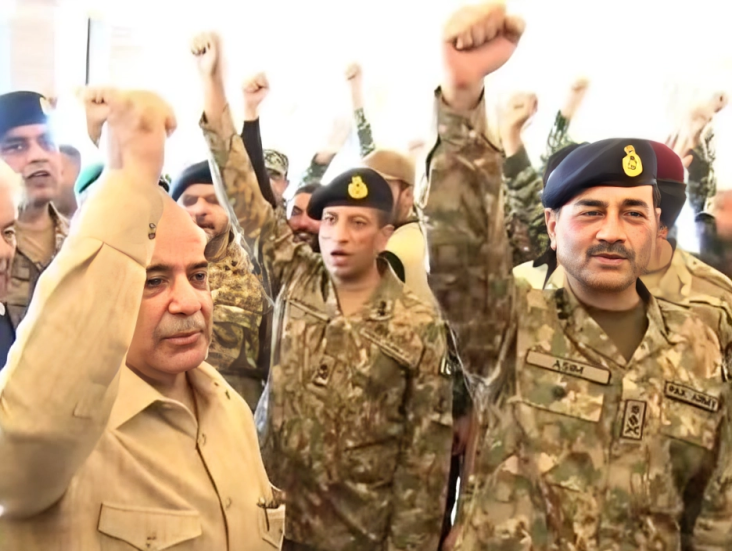In a rare and candid disclosure, Pakistan’s Prime Minister Shehbaz Sharif has publicly confirmed that Indian ballistic missiles struck deep into Pakistani territory, including the strategic Nur Khan Airbase, during the early hours of May 10. Addressing a public gathering in Islamabad, Sharif recounted a 2:30 AM secure phone call from the Chief of Army Staff, General Syed Asim Munir, alerting him to the Indian strikes.
The Nur Khan Airbase, formerly known as Chaklala and situated between Rawalpindi and Islamabad, has long been central to Pakistan’s military aviation. Sharif stated that one missile had hit this key facility, while several others landed at additional military sites.
The strikes were part of Operation Sindoor, launched by India on May 7 in retaliation for the April 22 terror attack in Pahalgam that killed 26 Indian civilians and security personnel. Indian government sources claim the operation led to the elimination of around 100 terrorists affiliated with groups like Jaish-e-Mohammed, Lashkar-e-Taiba, and Hizbul Mujahideen.
Coordinated by the Indian Air Force, Army, and Navy, Operation Sindoor targeted terror camps and strategic installations in Pakistan and Pakistan-occupied Kashmir. Key targets reportedly included airbases, radar systems, and communications infrastructure in at least 11 locations. Among the first to be hit were the Pakistani Air Force bases at Chaklala (Nur Khan) and Sargodha, with subsequent impacts confirmed via satellite imagery at Jacobabad, Bholari, and Skardu.
Also Read: India Becomes The First Country to Strike 11 Air Bases of a Nuclear Powered Country
Following the Indian strikes, Pakistan responded with artillery fire across the Line of Control and launched several drone and missile attacks targeting Indian military assets in Jammu and Kashmir, Punjab, and Gujarat. This prompted India to launch secondary precision strikes against Pakistani radar and logistics installations.
Indian intelligence reportedly intercepted emergency communications within the Pakistani military shortly after the strikes, suggesting a high-level alert for nuclear command structures. Strategic Plans Division offices in Rawalpindi were believed to have been placed on maximum alert.
Amid mounting international concern, Pakistan sought urgent intervention from the United States. Indian sources indicate that Washington urged Islamabad to activate the military hotline. At 15:35 IST on May 10, Pakistan’s Director General of Military Operations, Major General Kashif Abdullah, contacted his Indian counterpart, Lieutenant General Rajiv Ghai. The call was confirmed later that evening by India’s Foreign Secretary Vikram Misri.
The hotline communication led to a mutual agreement to halt all military operations by land, sea, and air starting the evening of May 10. Despite the ceasefire, Indian systems detected and intercepted multiple Pakistani drones over Jammu and Kashmir and Gujarat in the hours that followed.
Foreign Secretary Misri accused Pakistan of violating the ceasefire and emphasized that India’s military responses were measured and proportionate. He further stated that India would remain vigilant against any further provocation.
India also reiterated that its suspension of the Indus Waters Treaty, announced following the April 22 attack, would remain in effect despite the ceasefire.













